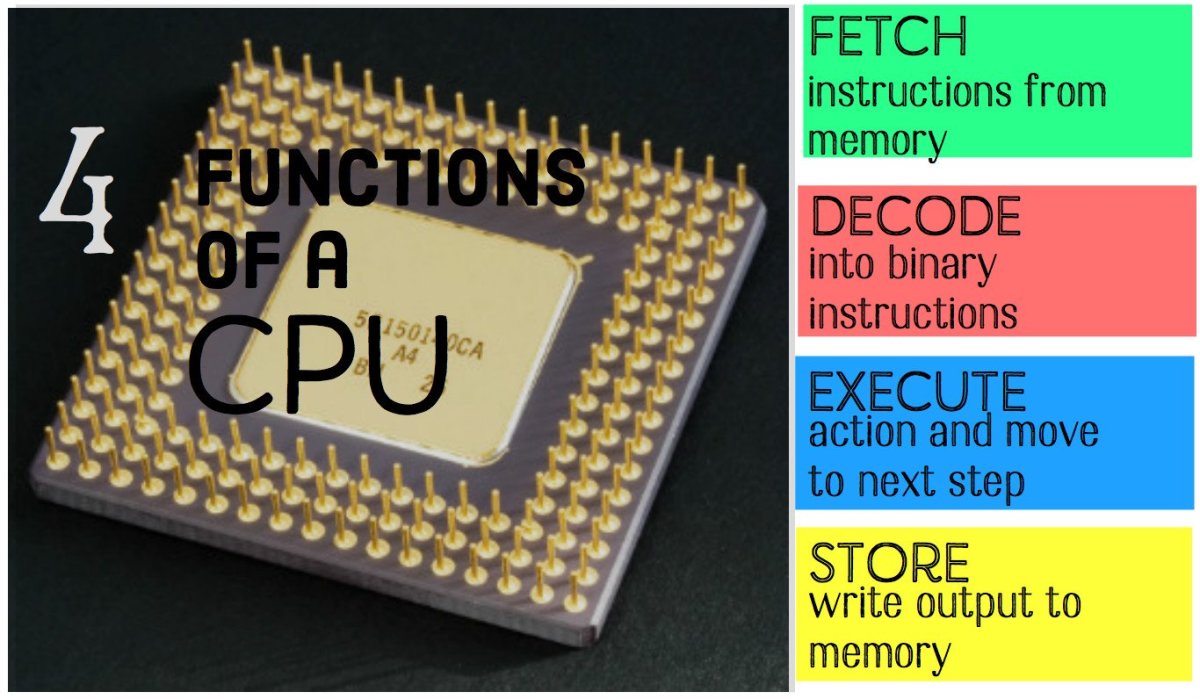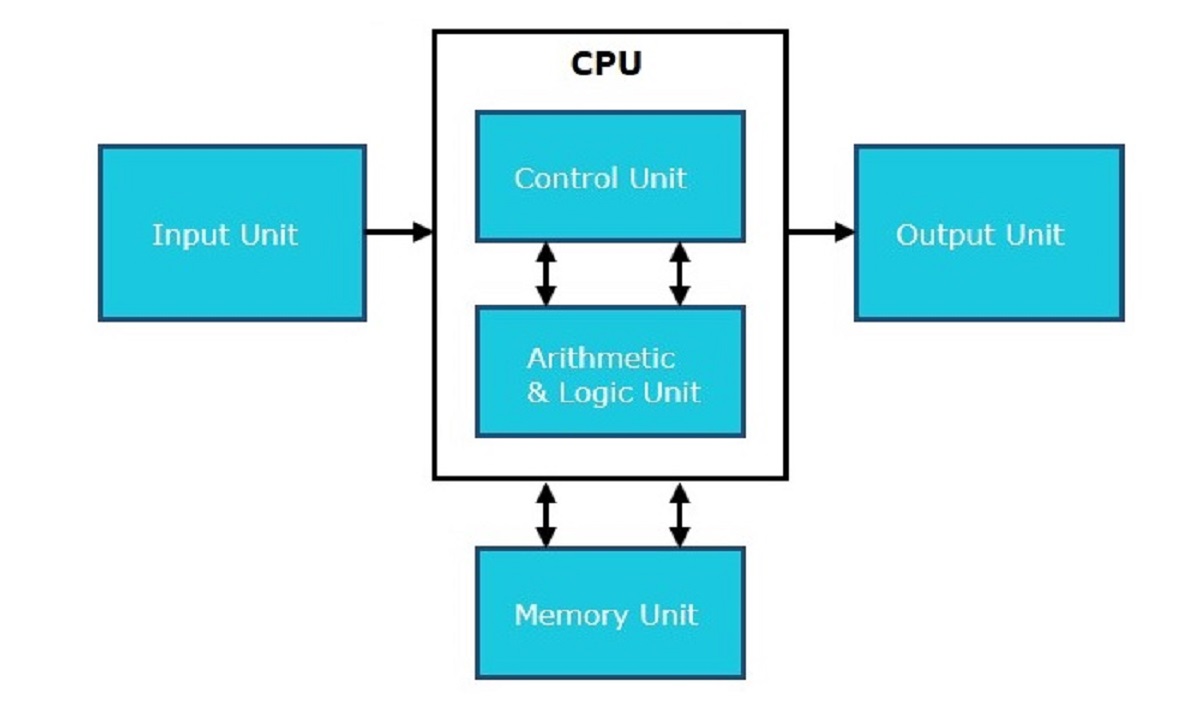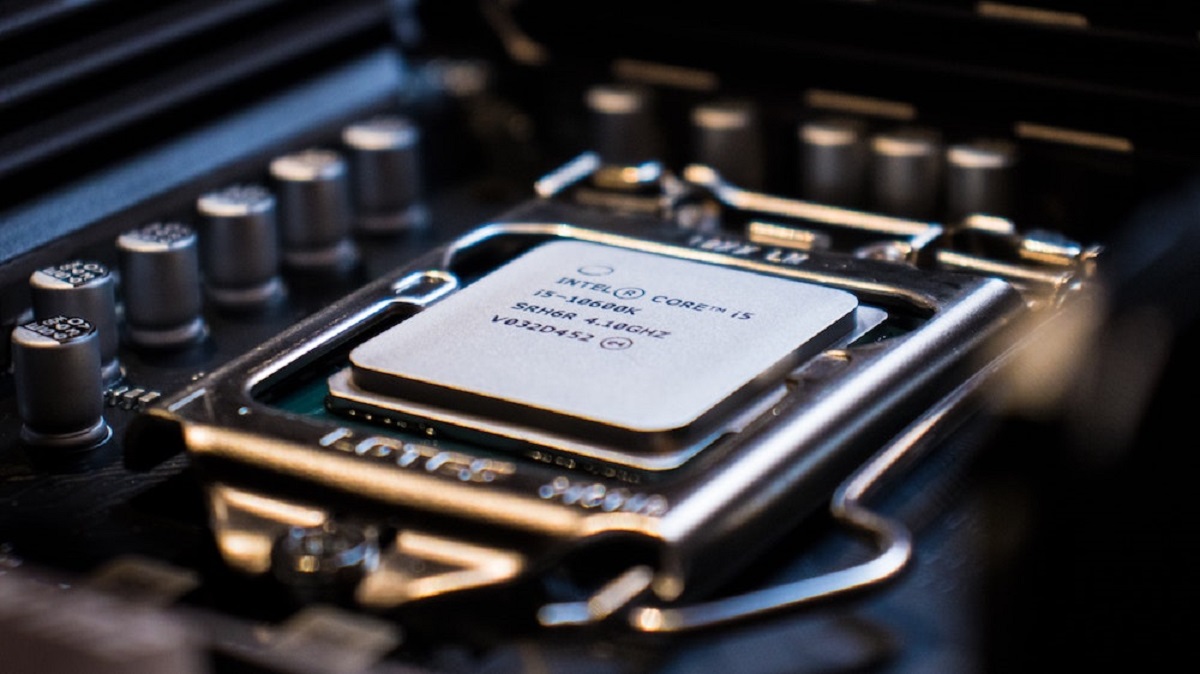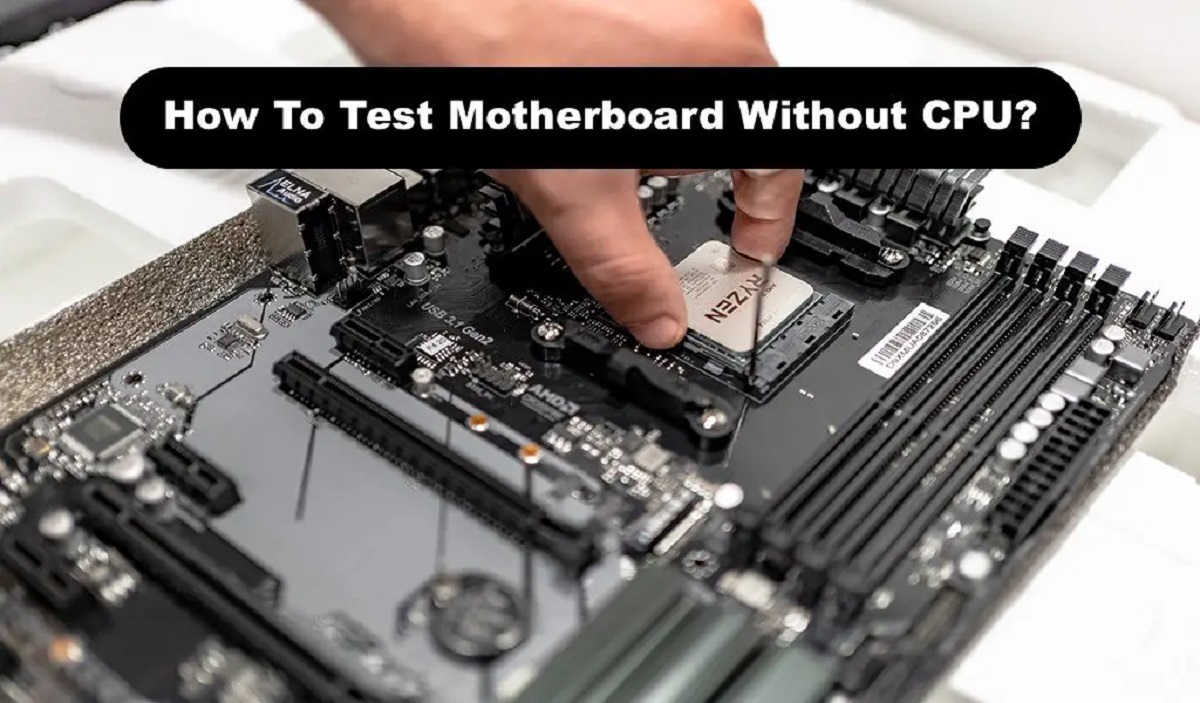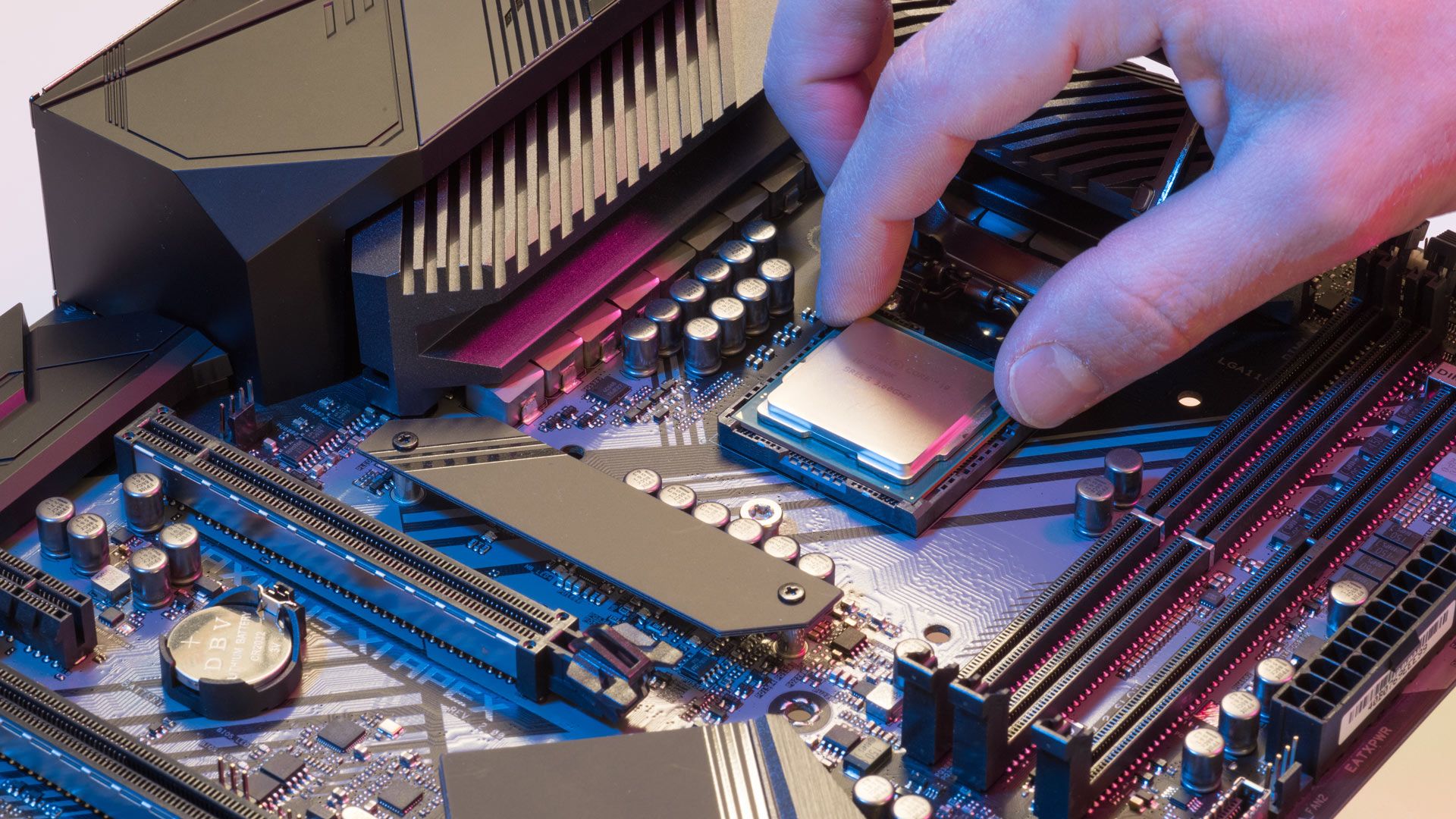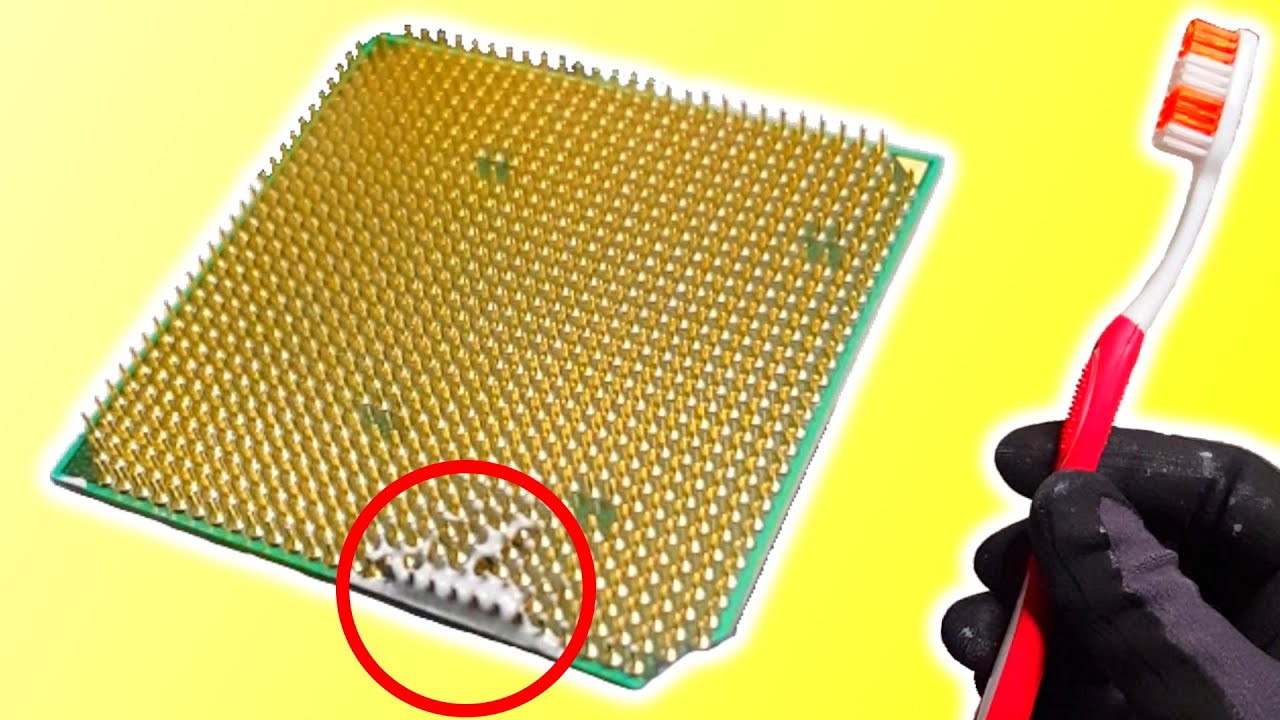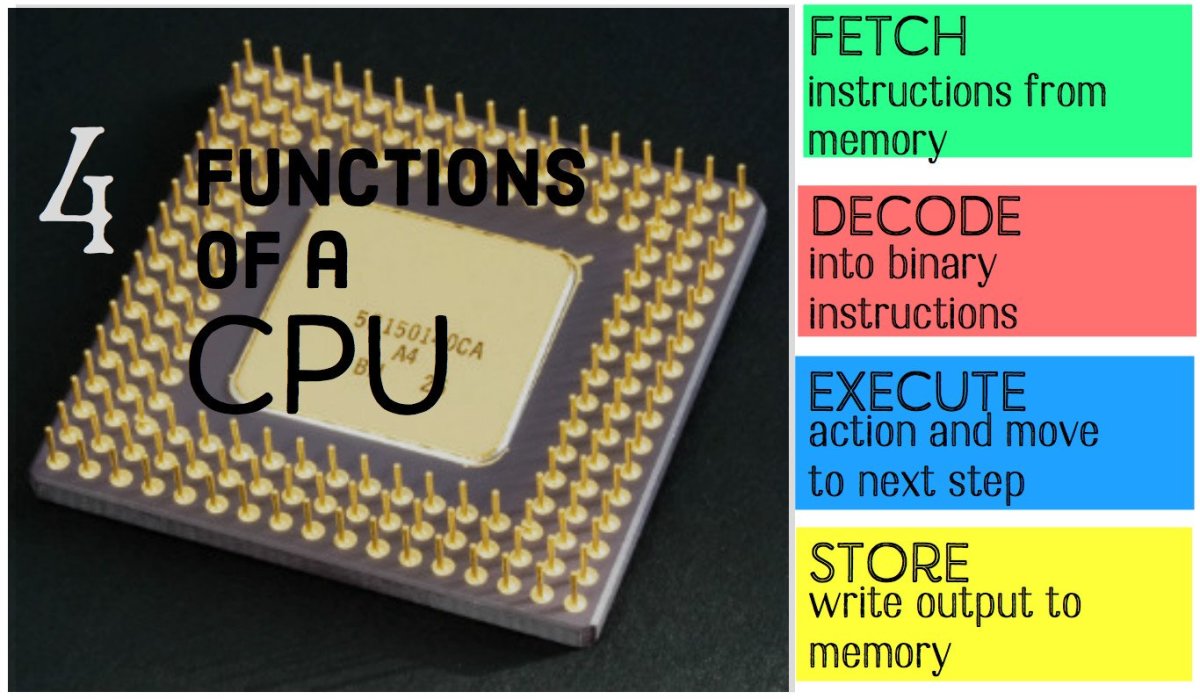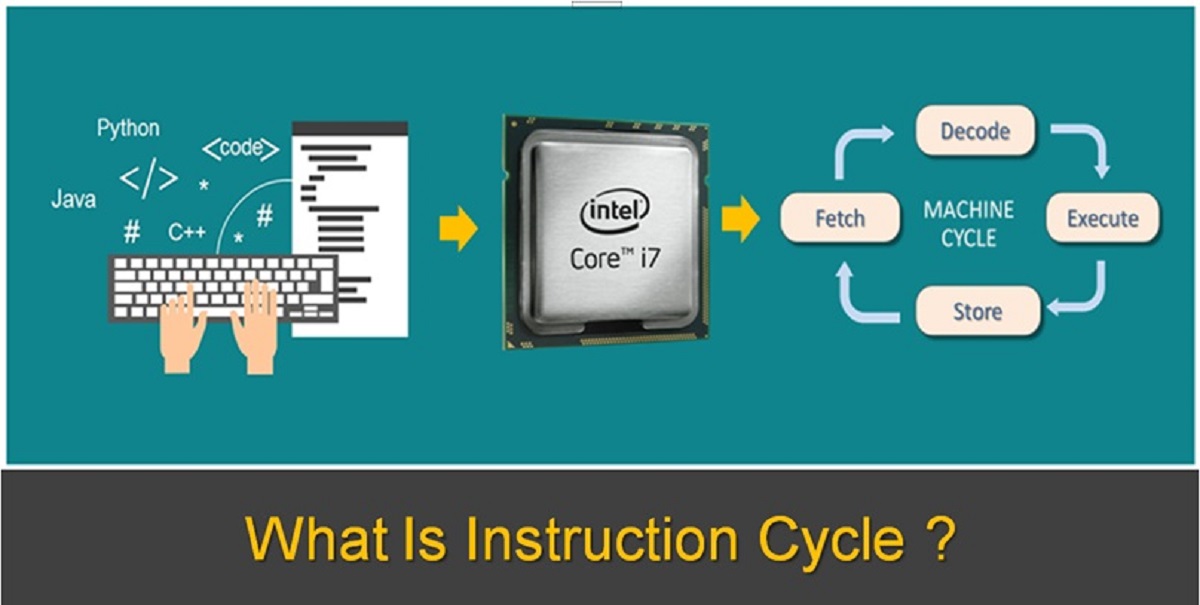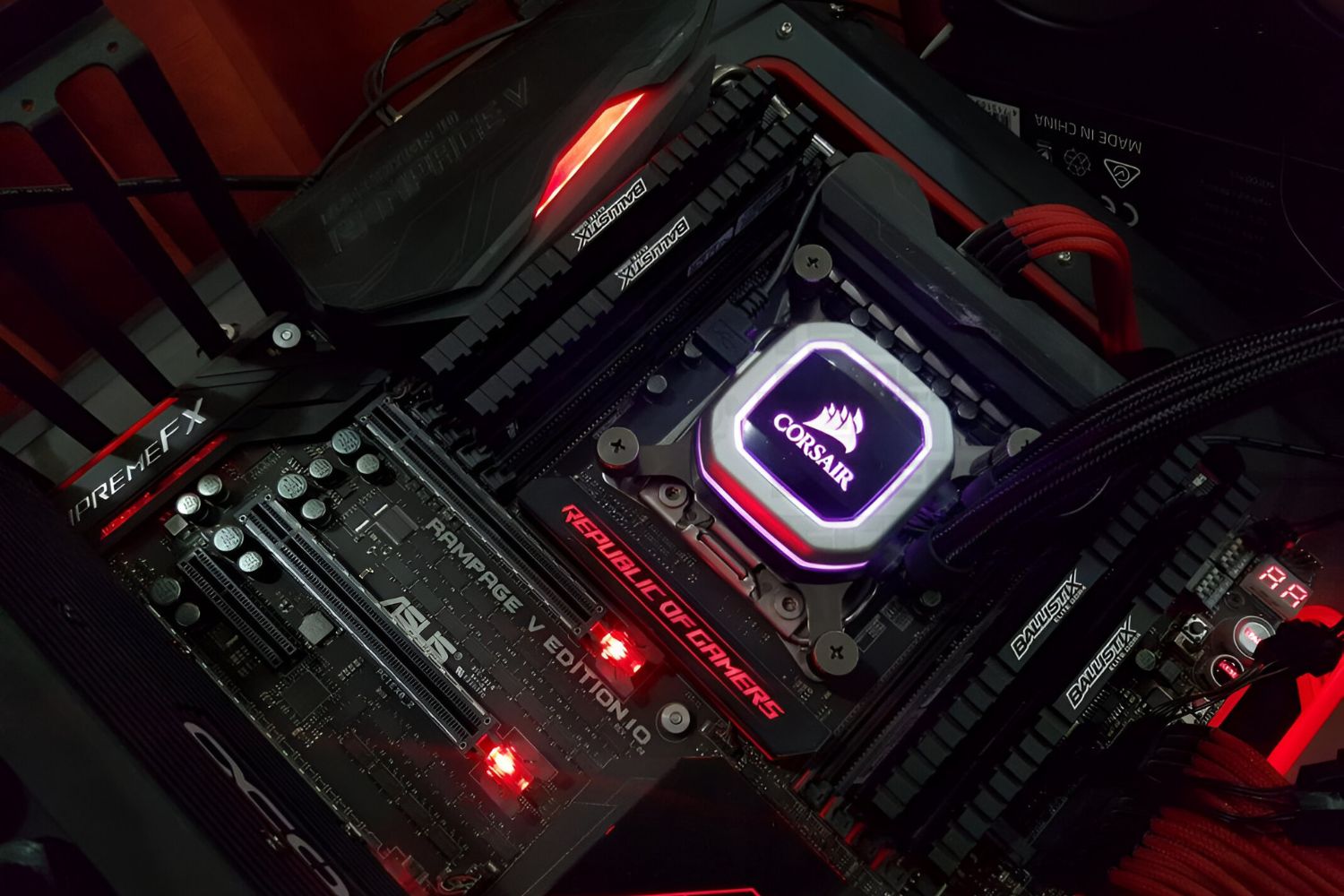Introduction
The central processing unit, or CPU, is the heart and brain of a modern computer system. It is responsible for executing program instructions, performing calculations, and managing data flow between different hardware components. Without the CPU, a computer would be nothing more than a collection of lifeless circuits and components. Understanding the function and importance of the CPU is vital for anyone wanting to delve into the world of computers and technology.
What exactly does CPU stand for? CPU is an abbreviation for Central Processing Unit. It is often referred to as the “brain” of the computer due to its crucial role in processing, executing, and managing data. Every action performed by a computer, from opening a program to playing a game, involves the CPU.
In this article, we will explore the various functions of the CPU, how it works, and why it is crucial for computer performance. We will delve into the different components that make up the CPU and examine both its primary and secondary functions. By the end of this article, you will have a clear understanding of the critical role the CPU plays in the overall functioning and speed of your computer.
What does CPU stand for?
CPU is an abbreviation for Central Processing Unit. It is the primary component of a computer that carries out most of the processing and calculations. The CPU serves as the “brain” of the computer, responsible for executing program instructions and managing data flow between various hardware components.
The term “central” in CPU signifies its central role in coordinating and controlling the operations of the entire computer system. It acts as the central hub that processes instructions, performs calculations, and manages the flow of data within the computer.
The CPU is often compared to the human brain due to its similar function in a computer system. Just as the brain processes information and controls different body functions, the CPU processes data and controls the operations of the computer. Without a functioning CPU, a computer would not be able to perform any tasks.
The CPU is typically a small, square-shaped chip that is attached to the motherboard of the computer. It houses millions, or even billions, of transistors that enable it to perform complex calculations and operations at incredible speeds.
There are different types of CPUs available in the market, each designed for specific purposes and varying in speed and capabilities. From basic processors found in everyday laptops and desktops to high-performance processors used in gaming computers and servers, the CPU comes in various forms, catering to different user requirements.
It’s important to note that CPU is not the same as a computer’s memory or storage. While the CPU performs the calculations and executes instructions, memory provides temporary storage for data and instructions, and storage retains data even when the computer is powered off.
In summary, CPU stands for Central Processing Unit, which acts as the brain of a computer. It carries out most of the processing and calculations, executing program instructions and managing data flow within the computer system.
The role of the CPU in a computer
The CPU plays a critical role in the overall functioning of a computer. It is responsible for executing program instructions, performing calculations, and managing data flow between different hardware components. Without the CPU, the other components of a computer would be unable to communicate effectively and function as a coherent system. Let’s delve into the various roles the CPU plays in a computer:
1. Execution of program instructions: The CPU reads and interprets instructions from the computer’s memory. These instructions can be as simple as adding two numbers or as complex as running a complex algorithm. The CPU carries out these instructions in a precise sequence, ensuring that the desired task is performed accurately.
2. Arithmetic and logical operations: The CPU is adept at performing mathematical calculations and logical operations. It can add, subtract, multiply, and divide numbers, as well as perform logical operations such as AND, OR, and NOT. These capabilities are essential for various computing tasks, including scientific calculations, graphics rendering, and data manipulation.
3. Data management: The CPU manages the flow of data between different components of the computer. It retrieves data from memory, processes it, and sends the results back to memory or other appropriate storage devices. This data management ensures that the right data is accessed and utilized when needed, optimizing the overall efficiency of the computer system.
4. Control of hardware devices: The CPU acts as the central controller for all hardware devices connected to the computer. It sends signals and commands to devices such as the hard drive, graphics card, and network adapter, coordinating their activities and ensuring proper communication between them.
5. Task prioritization and scheduling: The CPU determines the order in which tasks are executed and allocates appropriate resources to each task. It prioritizes tasks based on their importance and urgency, ensuring that critical operations are given higher priority. The CPU also schedules the execution of different processes, enabling multiple tasks to run concurrently on a single computer system.
6. Power management: Modern CPUs also incorporate power management features to optimize energy consumption. They can dynamically adjust their clock speed and voltage based on the workload, reducing power consumption during periods of low activity and increasing performance when required.
In summary, the CPU plays a pivotal role in a computer system. It executes program instructions, performs calculations, manages data flow, controls hardware devices, prioritizes and schedules tasks, and even manages power consumption. Without the CPU, a computer would be unable to perform the countless tasks we rely on it for in our daily lives.
How does the CPU work?
The CPU is a complex electronic component that performs millions, or even billions, of calculations per second. Its operations are based on a fundamental principle known as the Von Neumann architecture, which outlines a series of steps that the CPU follows to process information. Let’s take a closer look at how the CPU works:
1. Fetch: The first step in the CPU’s operation is to fetch instructions from memory. The CPU retrieves the next instruction from the memory address pointed to by the program counter. The instruction is then loaded into the CPU’s instruction register.
2. Decode: Once the instruction is fetched, the CPU decodes it to determine the operation it needs to perform. The instruction is broken down into its individual components, such as opcode (operation code) and operands.
3. Execute: After decoding the instruction, the CPU carries out the specified operation. This can include performing calculations, accessing data from memory, or interacting with other hardware components.
4. Store: Finally, the CPU stores the result of the executed instruction. This can involve saving the result in a register, updating values in memory, or sending output to other devices.
These steps are repeated in a continuous loop, with the CPU fetching, decoding, executing, and storing instructions one after another. This process happens within nanoseconds, allowing the CPU to perform an astounding number of calculations and operations in a short amount of time.
To execute instructions effectively, modern CPUs often include multiple cores. Each core operates as an independent processor, able to fetch, decode, execute, and store instructions simultaneously. This allows for parallel processing, resulting in faster and more efficient execution of tasks.
Furthermore, the CPU relies on a clock signal to synchronize its operations. The clock signal generates a regular pulse, determining the timing for each instruction’s execution. The clock speed, measured in gigahertz (GHz), represents the number of clock cycles the CPU can complete per second. A higher clock speed generally translates to faster processing capabilities.
In addition to the basic fetch-decode-execute-store cycle, CPU architectures may also incorporate advanced features such as pipelining, caching, and branch prediction. These techniques aim to further improve performance by optimizing instruction execution and reducing latency.
Overall, the CPU’s ability to fetch, decode, execute, and store instructions rapidly and efficiently is the key to its functioning. This complex process allows the CPU to handle the vast array of tasks required by modern computer systems.
Components of the CPU
The CPU is comprised of several key components that work together to perform its tasks efficiently. Let’s explore the main components of a typical CPU:
1. Control Unit (CU): The control unit is responsible for managing the operations of the CPU. It coordinates the flow of data and instructions between different parts of the CPU and controls the execution of program instructions.
2. Arithmetic Logic Unit (ALU): The ALU performs mathematical calculations and logical operations. It can perform tasks such as addition, subtraction, multiplication, division, and comparison operations. The ALU is the core component that carries out the actual calculations in the CPU.
3. Registers: Registers are small storage units within the CPU that hold data and instructions temporarily. They provide quick access to data that the CPU needs frequently for processing calculations and executing instructions. Registers are much faster than accessing data from main memory, resulting in improved performance.
4. Cache: Cache is a small, high-speed memory located within the CPU. It stores frequently accessed data and instructions to reduce the time needed to fetch them from the main memory. By having data readily available in cache, the CPU can retrieve instructions and data more quickly, resulting in faster execution times.
5. Clock: The clock is a timing device that synchronizes the operations of the CPU. It generates a regular pulse, known as clock cycles, which determine the rate at which instructions are executed. The clock speed, measured in gigahertz (GHz), determines the number of clock cycles the CPU can complete per second.
6. Instruction Cache: The instruction cache, also known as the instruction buffer, stores recently executed instructions in anticipation of future use. This enhances the CPU’s efficiency by reducing the need to retrieve instructions from memory repeatedly.
7. Data Cache: The data cache stores recently accessed data to minimize the time it takes to retrieve data from memory. Similar to the instruction cache, the data cache improves performance by reducing memory access latencies.
8. Bus Interface Unit (BIU): The BIU facilitates communication between the CPU and other hardware components. It manages the data transfer between the CPU, memory, and input/output devices via buses.
These components work together harmoniously to execute program instructions and perform calculations efficiently. The control unit manages and coordinates the operations, while the ALU performs the calculations. The registers, cache, and caches optimize data storage and retrieval processes, and the clock ensures synchronization and provides the timing for instruction execution.
It’s important to note that different CPU architectures may have additional components or variations in the organization of these core components. However, the fundamental functions and principles remain consistent across most CPUs.
Primary functions of the CPU
The CPU performs several primary functions that are essential for the overall functioning of a computer system. These functions enable the CPU to execute program instructions, process data, and manage different operations. Let’s explore the primary functions of the CPU:
1. Instruction Execution: The CPU is responsible for executing program instructions. It fetches instructions from memory, decodes them, and carries out the specified operations. This includes performing calculations, manipulating data, and controlling hardware devices.
2. Arithmetic and Logical Operations: The CPU is equipped with an Arithmetic Logic Unit (ALU) that performs mathematical calculations and logical operations. The ALU can perform tasks such as addition, subtraction, multiplication, division, and comparison operations. These operations are crucial for various computing tasks, including mathematical calculations, data processing, and decision-making.
3. Data Management: The CPU manages the flow of data within the computer system. It retrieves data from memory, processes it using the ALU, and stores the results back in memory or other storage devices. This data management function ensures that data is accessed, manipulated, and utilized efficiently by the computer system.
4. Control of Hardware Devices: The CPU acts as the central controller for all hardware devices connected to the computer. It sends signals and commands to devices such as the hard drive, graphics card, and network adapter, coordinating their activities and ensuring proper communication between them. This control function allows the CPU to manage the overall operations of the computer system.
5. Task Scheduling and Prioritization: The CPU determines the order in which tasks are executed and allocates resources to each task. It prioritizes tasks based on their importance and urgency, ensuring that critical operations are given higher priority. The CPU also schedules the execution of different processes, allowing multiple tasks to run concurrently on a single computer system.
6. Memory Management: The CPU interacts with the computer’s memory, allocating and deallocating memory space to different programs and processes. It ensures that memory is efficiently utilized, managing the storage and retrieval of data and instructions. Memory management is crucial for optimizing the overall performance of the computer system.
7. Input and Output Management: The CPU interacts with input and output devices, enabling communication between the computer and the external world. It handles the flow of data from input devices such as keyboards and mice to the computer’s memory, and from memory to output devices such as monitors and printers. This input and output management function allows users to interact with the computer system and receive feedback.
Overall, the primary functions of the CPU revolve around executing instructions, performing calculations, managing data, controlling hardware devices, scheduling tasks, and managing memory and input/output operations. These functions are the foundation for the CPU’s role as the core processing unit within a computer system.
Secondary functions of the CPU
In addition to its primary functions, the CPU also performs several secondary functions that contribute to the overall efficiency and performance of a computer system. These functions are not directly related to instruction execution or data processing but play a crucial role in enhancing the CPU’s capabilities. Let’s explore the secondary functions of the CPU:
1. Interrupt Handling: The CPU is responsible for handling interrupts, which are signals generated by hardware devices or software programs to gain the CPU’s attention. Interrupts allow the CPU to respond to urgent tasks, such as input from a keyboard or a network connection request. The CPU suspends its current activities and executes the interrupt routine before returning to the interrupted task.
2. Virtual Memory Management: The CPU facilitates virtual memory management, allowing the computer system to use more memory than physically available. It maps virtual addresses used by programs to physical addresses in memory, enabling efficient memory usage and allowing programs to execute smoothly even if memory is limited.
3. Cache Management: The CPU manages the cache memory to optimize data retrieval and storage. It employs sophisticated algorithms to determine which data and instructions should reside in the cache based on their frequency of access. By placing frequently accessed items in cache, the CPU reduces memory access latency and improves overall system performance.
4. Power Management: Modern CPUs incorporate power management features to optimize energy consumption. They can dynamically adjust their clock speed and voltage based on the workload, reducing power consumption during periods of low activity. Power management features help extend battery life in mobile devices and reduce energy consumption in desktop computers.
5. Floating-Point Unit (FPU): Some CPUs include a specialized unit called the Floating-Point Unit (FPU), which handles complex floating-point calculations. FPUs are particularly crucial for tasks that require high precision in scientific, engineering, and graphics applications. They accelerate the execution of floating-point operations, offloading the workload from the primary ALU.
6. Branch Prediction: Branch prediction is a technique used by the CPU to predict the outcome of conditional statements or branches in program instructions. By predicting the most likely outcome, the CPU avoids unnecessary delays due to incorrect predictions. Branch prediction techniques, such as branch target prediction and speculative execution, help improve instruction execution efficiency.
7. Microcode Execution: CPUs utilize microcode, a low-level firmware, to interpret and execute complex instructions. Microcode acts as an interface between the hardware and the software, providing a layer of abstraction that allows the CPU to execute instructions that may not be directly supported by its hardware design.
These secondary functions enhance the CPU’s performance and flexibility by addressing various aspects such as interrupt handling, virtual memory management, cache management, power management, floating-point calculations, branch prediction, and microcode execution. Each of these functions contributes to improving the overall efficiency and usability of the CPU within a computer system.
Importance of the CPU in computer performance
The CPU is a critical component that significantly impacts the overall performance of a computer system. Its importance lies in its ability to execute program instructions, perform calculations, and manage data flow efficiently. Let’s explore why the CPU plays a vital role in computer performance:
1. Speed and Processing Power: The CPU determines the speed and processing power of a computer system. The clock speed, number of cores, and architecture of the CPU directly affect the rate at which instructions are executed and calculations are performed. A faster CPU with more cores can handle intense computational tasks and process data more swiftly, leading to improved performance and responsiveness.
2. Efficiency in Task Execution: The CPU’s ability to execute program instructions and tasks efficiently directly impacts the overall efficiency of a computer system. A powerful CPU can swiftly handle multiple tasks simultaneously, allowing for smooth multitasking and faster completion of tasks. It ensures that programs and applications run smoothly, without slowdowns or lag.
3. Data Processing and Manipulation: The CPU’s ability to perform complex calculations and logical operations is crucial for data processing and manipulation. Whether it is crunching numbers, rendering graphics, running simulations, or analyzing large datasets, a powerful CPU can process and manipulate data swiftly and accurately, enabling faster completion of tasks that require high computational power.
4. Response to User Input: The CPU’s responsiveness to user input is vital for a satisfactory user experience. Whether it’s typing, clicking, or interacting with software applications, a fast and efficient CPU ensures that the system responds promptly to user commands, minimizing delays and providing a seamless user experience.
5. Resource Allocation and Management: The CPU plays a crucial role in managing and allocating system resources such as memory, disk space, and network bandwidth. It ensures that resources are distributed efficiently among various tasks and programs, preventing bottlenecks and optimizing the usage of available resources. This resource management leads to improved system stability, performance, and overall productivity.
6. Compatibility with Software: The CPU’s architecture and capabilities affect its compatibility with different software applications. Certain tasks or programs may require specific CPU features, instruction sets, or performance levels. Having a powerful and modern CPU ensures compatibility with a wide range of software applications, allowing users to take full advantage of the latest technologies and functionalities available.
7. Upgradability and Future-Proofing: A powerful CPU provides a foundation for future upgradability and scalability. As technology advances, software requirements and demands increase. Having a strong CPU ensures that the computer system can adapt to future software and hardware advancements, allowing for hardware upgrades without needing a complete system overhaul.
In summary, the CPU is crucial for computer performance due to its role in executing instructions, processing data, and managing system resources. A powerful CPU enhances the speed, efficiency, responsiveness, and compatibility of a computer system, ultimately leading to a better user experience, improved productivity, and the ability to handle demanding tasks and applications.
Conclusion
The CPU, or Central Processing Unit, is undeniably the heart and brain of a computer system. It plays a vital role in executing program instructions, performing calculations, managing data flow, and controlling the operations of the entire computer. Understanding the function and importance of the CPU is crucial for anyone seeking to grasp the fundamentals of computer technology.
We explored the primary and secondary functions of the CPU. Its primary functions include executing instructions, performing arithmetic and logical operations, managing data, controlling hardware devices, prioritizing tasks, and managing memory and input/output operations. These functions form the core of the CPU’s operation, enabling it to carry out complex computations and handle various tasks efficiently.
The CPU consists of several key components, including the control unit, arithmetic logic unit, registers, cache, clock, bus interface unit, and more. These components work together harmoniously to process instructions, manage data, and ensure smooth communication between different hardware components.
We also discussed the importance of the CPU in computer performance. The CPU determines the speed and processing power of a computer system, enabling efficient task execution, data processing, and manipulation. It is responsible for the system’s responsiveness to user input and plays a crucial role in resource allocation and management. Additionally, a powerful CPU ensures compatibility with software applications, future upgradability, and adaptability to future technological advancements.
In conclusion, the CPU is the driving force behind the tremendous capabilities and functionalities of modern computer systems. It is the key to unlocking the full potential of technology and enabling seamless user experiences. Understanding the role and importance of the CPU lays a solid foundation for further exploration of computer hardware and software, empowering individuals to make informed decisions and optimize the performance of their computer systems.







